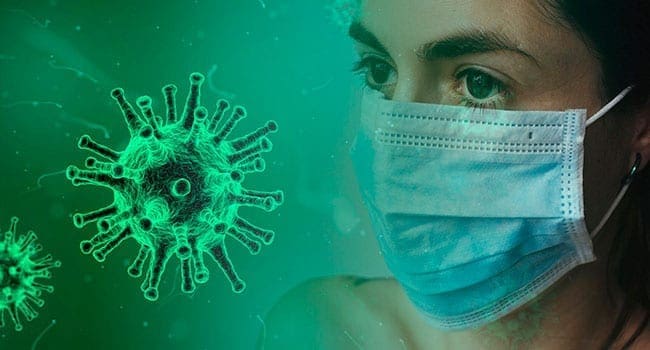By Michael Brown
Contributor
Troy Media
There’s no evidence to suggest simple surgical masks aren’t as effective as scarce N95 respirator masks in protecting health-care staff during routine primary care, according to an international research team conducting literature reviews of personal protective equipment (PPE) in the context of COVID-19.
University of Alberta occupational medicine specialists Sebastian Straube and Quentin Durand-Moreau are collaborating with international colleagues on this and a number of other rapid evidence reviews just published by the University of Oxford’s Centre for Evidence-Based Medicine.
“These are reviews of a moving target, which means we will not have any evidence on the virus of COVID-19 exactly,” said Durand-Moreau.
“And while having no evidence does not mean there is no effect, our research has concluded that there is currently no evidence that respirators work any better than surgical masks in protecting health-care workers in outbreaks of viral respiratory illnesses such as influenza.”
Durand-Moreau said by definition the N95 respirators are designed to provide more protection and should be worn when medical workers are performing aerosol-generating procedures, such as intubation of COVID-19 patients with severe symptoms. He added that community physicians are unlikely to do such procedures.
Straube noted this evidence may also be helpful in a context of worldwide shortage of PPE.
“We aim to provide rapid reviews that address the need of health-care workers at the front line,” said Straube. “We produce state-of-the-art evidence syntheses that can inform policy development.”
Goggles
A second study by the group showed there’s no evidence from randomized trials that eye protective equipment alone provides additional protection.
“However, health-care workers’ eyes could be exposed to infective droplets and aerosols from patients during close contact. Therefore, eye protection equipment is an essential part of the PPE ensemble,” said Straube.
“In practise, eye protection is sometimes forgotten, so it is important to get out the message that it is an essential PPE component.”
Durand-Moreau added, “Mask, gown, gloves and facial protection – you need to have the whole package.”
Shoe covers
A third review looking at the effectiveness of shoe covers found no relevant systematic reviews or randomized trials. But in an observational study, a positive swab for SARS-CoV-2 was obtained from the shoe of a health-care worker.
“We have to take such observational studies into consideration, especially in an area where there are no randomized trials,” said Straube. “More research on shoe protective equipment is now needed to tell us whether it should routinely form part of the ensemble of PPE.”
The U of A researchers collaborate with Trish Greenhalgh of the University of Oxford and others from centres in the U.K., U.S. and Europe.
“There was never any talk of providing PPE for family doctors – it wasn’t even a topic and now we’ve moved 180 degrees in the last two weeks,” Durand-Moreau said.
Aerosol-generating procedures
The group is now working on a much-anticipated review on aerosol-generating procedures, for which enhanced precautions are advised. Straube, who was recently appointed as a member of the World Health Organization’s Evidence Collaborative for COVID-19, is leading the review.
“I am pleasantly surprised that our work in this area is generating considerable interest even prior to the publication of the review,” said Straube. “I am pleased that staff in preventive medicine are conducting research that is actually useful to the medical community facing COVID-19.”
Michael Brown is a University of Alberta Folio writer.
The views, opinions and positions expressed by columnists and contributors are the author’s alone. They do not inherently or expressly reflect the views, opinions and/or positions of our publication.



